…But for the investigating nose of the old sow it would have remained there this day…Brooklyn Daily Eagle, September 16, 1888
How many more pots of gold are buried around the same old premises the tourist does not really know, finding pots of gold not being his vocation.–Newtown Register, August 19, 1886
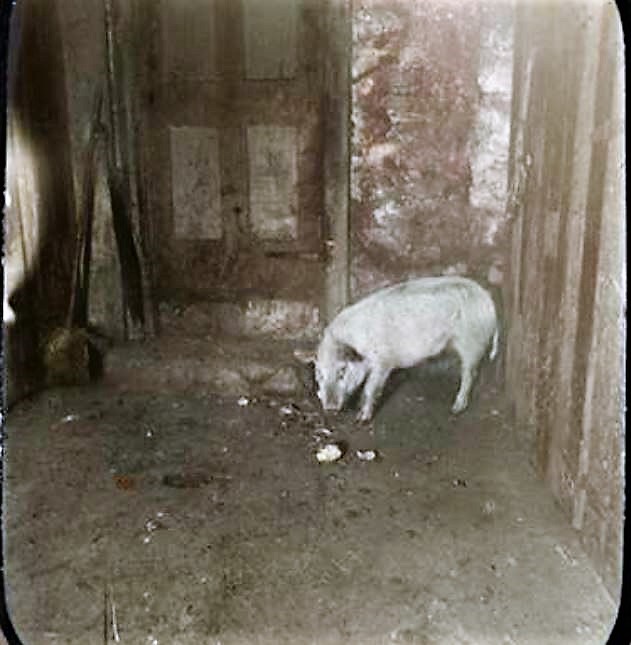
In my last post about the feline mascot of TWA pilots at La Guardia Airport, I wrote about all the items that were buried to create landfill when the airport was constructed in the late 1920s and early 1930s. Some of the items included a colonial-era graveyard, some amusement park rides, a few hundred old safes, and several thousand automobiles.
While I was doing research for that story, I dug up an obscure tale about a pig that dug up a pot of gold on the old Teunis Brinckerhoff farm. The farm had been located on a hillside near the Dutch Kills Creek, in the neighborhood we now call Sunnyside, Queens.
Teunis Brinckerhoff
Teunis Brinckerhoff was a descendant of Joris Dericksen Brinkerhoff (the Flushing branch of the family spelled their last name with a “ck”). Joris was born in Holland in 1609. In his thirtieth year, he sailed with his wife, Susannah, and his children to the New World, where he later obtained a land grant from Governor Willem Keift within the village of Breucklyn.
One of Joris’ sons settled on the Hackensack River in present-day Ridgefield Park, New Jersey. Another son established a farm on Flushing Bay, not too far from the site of La Guardia Airport.
Teunis Brinckerhoff was one of twelve children born to Joris Abraham Brinckerhoff and Annetje Teunis Brinckerhoff. Teunis married Elizabeth Ryder in November 1721, and in 1726, his father gave him the family home on a hillside along the old road to Dutch Kills (later called Dutch Kills Road, Middleburg Avenue, and now 39th Avenue). The property lay just to the east of the terminus of the Dutch Kills Creek.
The home dated back to 1678, which is when John Griswold (or Gressell) acquired the site. Joris Brinckerhoff took possession of the home in 1714. Some sources say the house was at the intersection of modern-day 39th Avenue and 39th Street (now under the Sunnyside Rail Yards) but maps and other sources place the home closer to 39th Avenue at 45th Street.
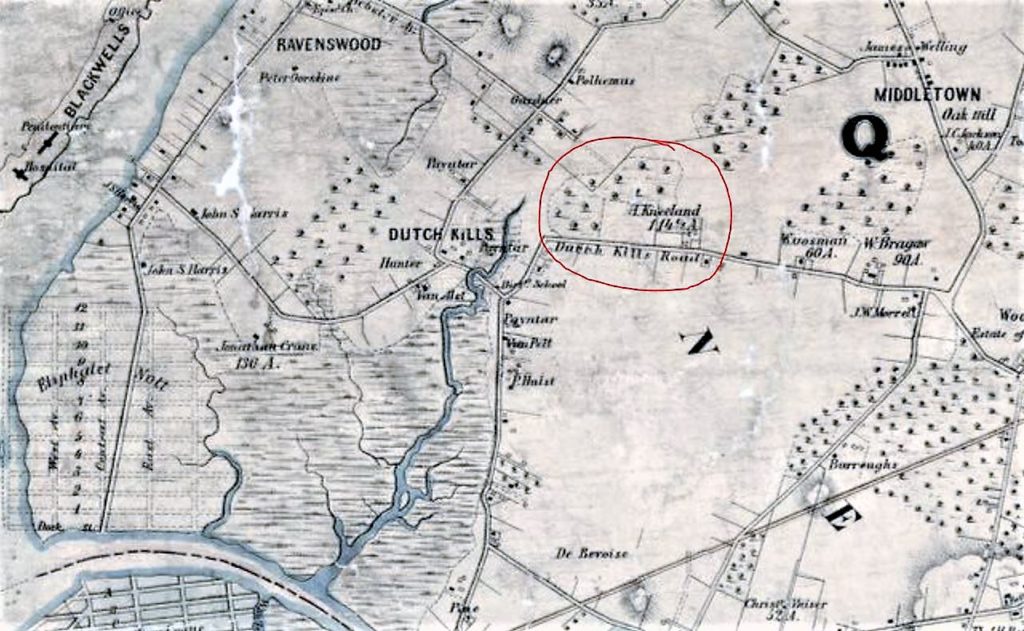
A good portion of the hillside upon which Teunis built his homestead was owned by members of the Bragaw (aka Bragau or Brokaw) family. The Bragaws were the descendants of Bourgon Broucard, a French Huguenot who emigrated from Manheim on the Rhine in 1675. In 1690, Bourgon purchased Burger Jorissen’s large farm and gristmill in Dutch Kills.
Bourgon and his wife, Catharine Le Febre, built their home in 1696 about 500 feet from the creek, right about where Skillman Avenue and 33rd Street would have intersected had the Sunnyside Rail Yards never been constructed.
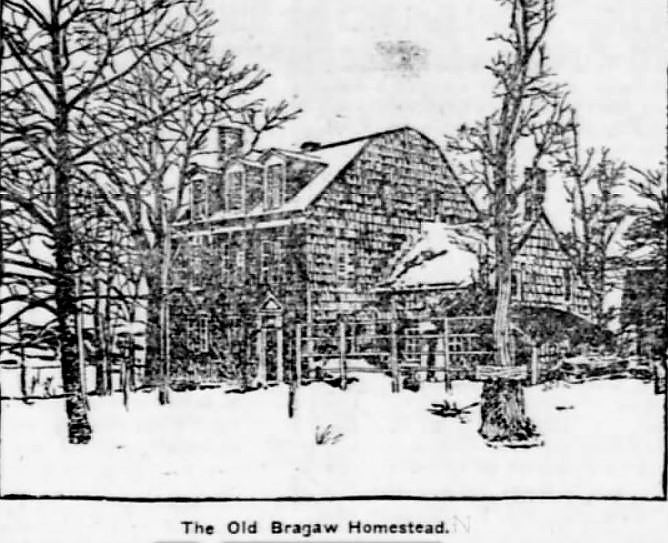
During the Revolutionary War, present-day Sunnyside experienced extensive activity, especially along the old Dutch Kills Road. From their position on this hilltop road, the British troops controlled both the Dutch Kills Creek and the Newtown Creek. Most of the residents of Dutch Kills were loyal to the King of England and his army–whether they wanted to be or not.
The British Army established camps all along the Dutch Kills Road. The campground for British Army General Charles Cornwallis and his 33rd Regiment of Foot occupied the farm of John Bragaw, which was adjacent to Teunis Brinckerhoff’s property. The soldiers baked bread in the ovens of the Bragaw’s and Brinckerhoff’s homes, stored wares in their large barns, and etched their names in their window panes.
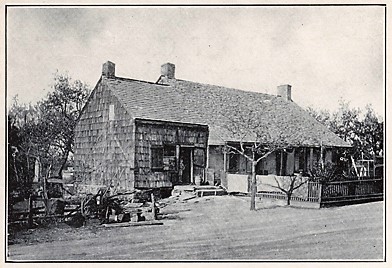
Several historians believe that it was during this time that Teunis Brinckerhoff buried an earthenware pot filled with gold and silver coins next to his barn. The British soldiers often committed acts of petty thievery, so it was common practice for the residents to bury their money to save it. Teunis passed away a year after the war ended, but he apparently never had time to let any of his heirs know about the buried treasure under the barn.
The Brinckerhoff-Schuyler-Kneeland Farm
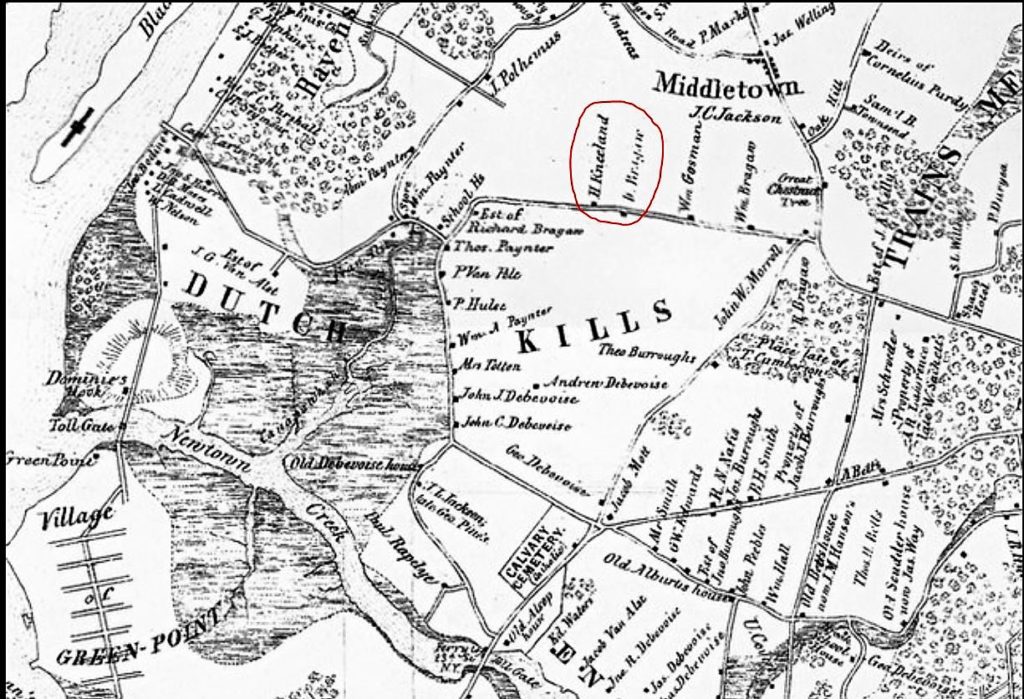
On this old map (about 1849), you can see the old Brinckerhoff and Bragaw farms (occupied by Henry Kneeland and Daniel Bragaw), plus the farms of William Gosman, Richard Bragaw, Thomas Payntar, and John C. Morrell.
By the 1820s, the old Brinckerhoff Farm was owned by Abraham L. Schuyler, a young farmer who was born about 1785. In 1826, Abraham placed an ad in the local newspaper to sell his farm, which was described as fronting the Dutch Kills Road and the road leading to Hurl-Gate Landing. The farm featured five acres of locust trees, a 10-acre fruit orchard (apples, peaches, cherries, pears, plums, raspberries, and asparagus), a stream and a good dwelling house, a cider mill, a granary, and a good well close to the front door of the house. The ad also noted that the farm had a good large barn, but of course, there was no mention of the gold buried near it.
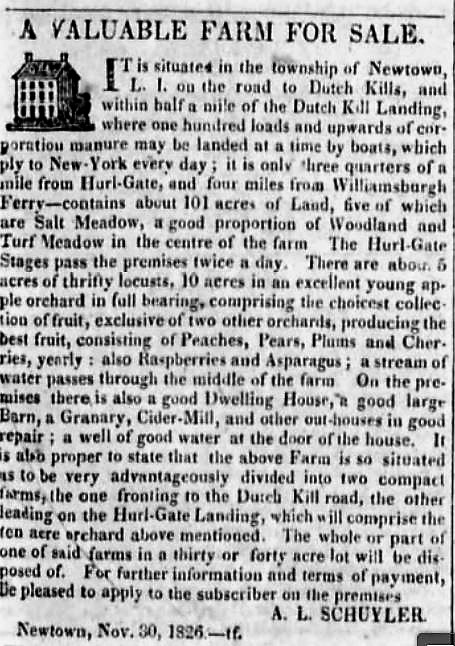
I’m not sure if Abraham received any offers, but apparently one of his heirs acquired the farm following Abraham’s death in 1830. In 1845, C.V.A. Schuyler placed an ad for the 114-acre farm, which he said featured seven acres of salt meadow, excellent buildings and orchards, easy access to the ferry landing, and great inducements for a farmer, milkman, or market gardener.
By this time, the pot of gold had already been discovered under the old Brinckerhoff barn.
A Pig Digs for Gold
In 1842, Mr. and Mrs Charles Conklin were renting the above-described Schuyler farm. One day, Mrs. Conklin noticed that one of their pigs had dug up some shiny objects near the barn. Charles ordered two of his workman to get a pick and shovel and continue digging the hole that the pig had started. “After one or two energetic blows with the pick, there followed a sound as of smashing crockery.”
The men had hit upon an earthenware pot that was found to be filled with Spanish doubloons and English guineas. Conklin’s brother-in-law and neighbor, Daniel Bragaw, exclaimed, “Mon Dien! Is there any place in the world that can beat a Dutch Kills farm for profit?”
The coins were reportedly worth about $1200, which Mr. Conklin deposited in a New York bank. (By 1888, when a story about the discovery appeared in the Brooklyn Daily Eagle, the coins were worth about $40,000.) When news of the find reached the Schuyler family, they brought the matter to trial, but the suit was tossed due to indefiniteness of the amount and lack of all supporting evidence.
1900-1910: Sunnyside Rail Yards
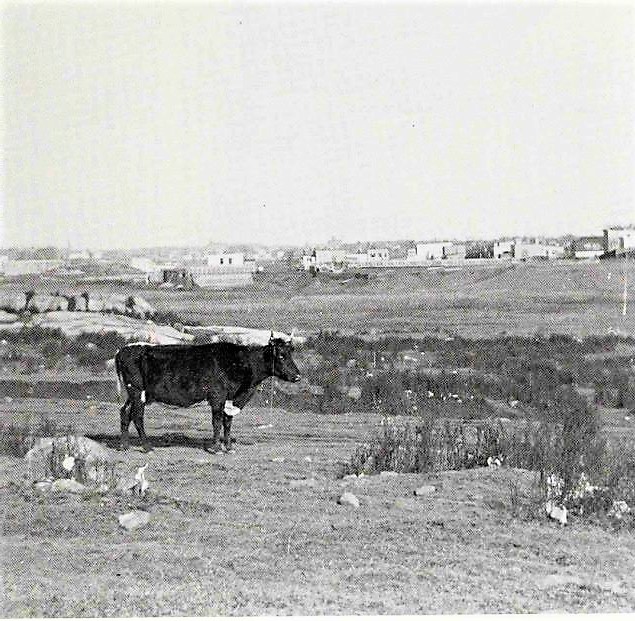
Looking across the rocky Dutch Kills meadows in Sunnyside to Hunters Point in 1900.
By the late 19th century, Dutch Kills Creek had been reduced to a muddy, sluggish stream. With farming no longer profitable, many of the land owners, including heirs of the Bragaws, Brinckerhoffs, Schuylers, and Payntars, struggled to pay the high taxes on a rocky, swampy hillside that had become an eyesore (municipal mismanagement was blamed for the lack of land improvement and excessive taxation).
Sometime around 1900, the Pennsylvania Railroad purchased about 800 acres of land deemed useless for residential purposes. The railroad paid $1,500 to $3,000 per lot, and then spent an additional $300,000 to tear down about 400 old houses. (Many of the owners continued living in their homes tax- and rent-free until they were razed.)
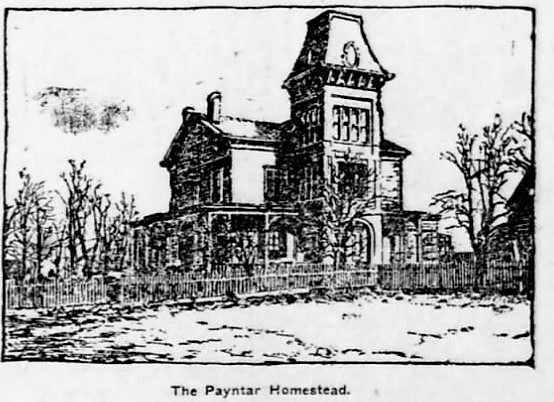
The Dutch Kills Creek was completely drained in this area at the time. All of the land that came from leveling Sunnyside Hill–which rose sixty to eighty feet above level ground–was used to fill in all the surrounding swampy land.
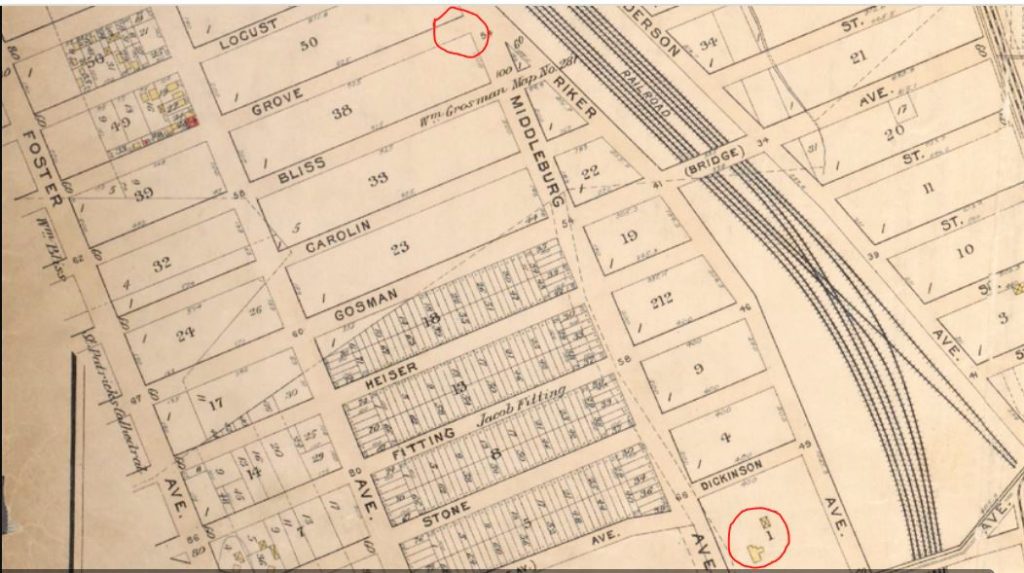

1924-1928: Sunnyside Gardens
In February 1924, the City Housing Corporation purchased 1,100 lots of undeveloped land adjacent to the Bliss Street (46th Street) subway station. The mission of the City Housing Corporation, of which Eleanor Roosevelt was a board member, was to “develop community living and to bring home ownership within the reach of the ordinary tenement dweller.”
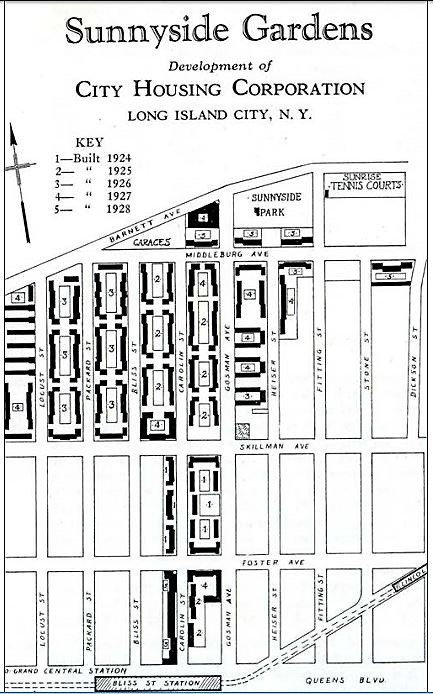
Work on the third phase of the new Sunnyside Gardens began in March 1925. These specific one-, two-, and three-family houses were built on the site of the old Brinckerhoff-Schuyler-Kneeland Farm. In other words, had Mrs. Clinton’s pig never discovered the pot of gold in 1842, some very lucky workmen may have dug up the earthenware pot while excavating the land in 1925.
Incidentally, according to small article in the Seneca County News in June 1882, while removing another old barn in Dutch Kills that year, some workmen found a tin box containing $2,500 in gold coins and old State bank bills from the Franklin Bank of New York. So, you never know what else could be buried under Sunnyside Gardens or the Sunnyside Rail Yard…
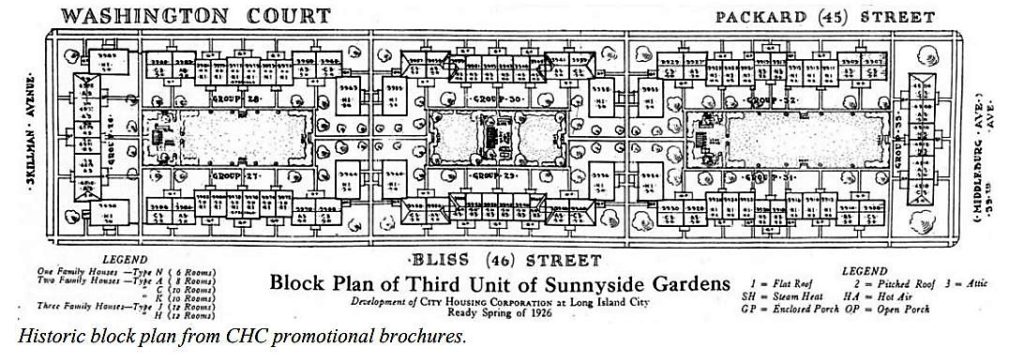

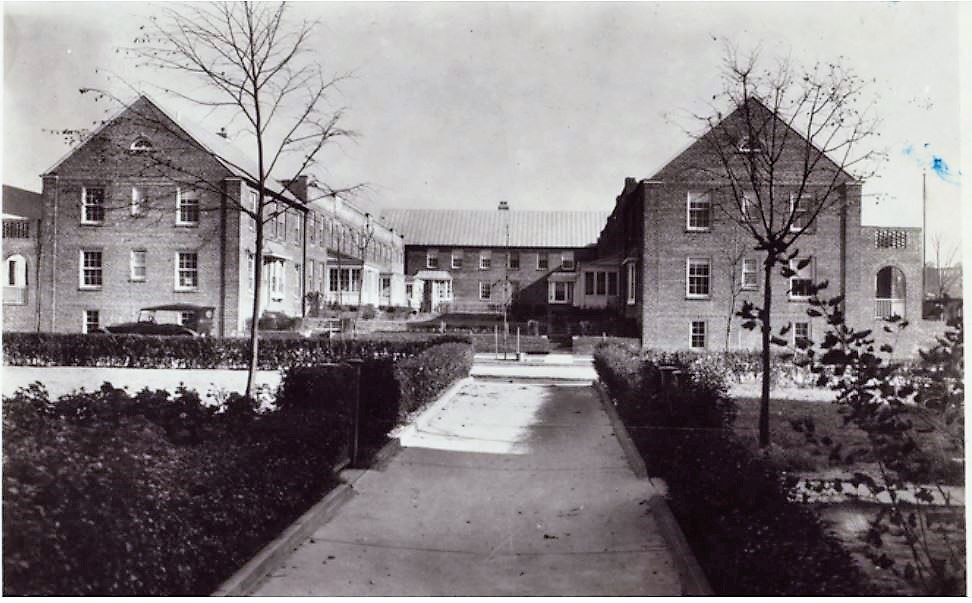
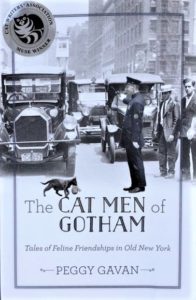
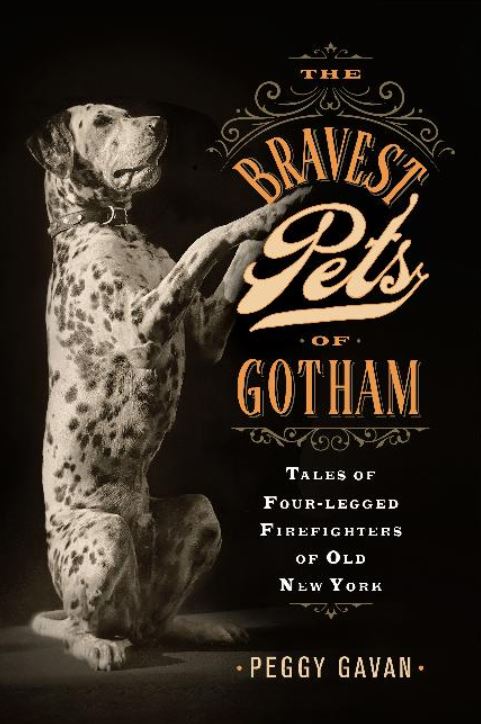
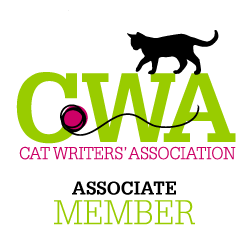

I just came across your blog while researching my family that lived in Sunnyside before the LIRR forced her Great grandmother to leave (she was a hold out!). My Great Grandmother, born in 1884, wrote several essays about her family, the Reillys. She specifically mentions the Bragaw hill, and the Second Ward School on (near?) it. My great-grandmother wrote of the Bragaw’s: “I do not know any of the history of the prominent old family, but my mother told me she remembered in her girlhood when the Bragaw mansion was the scene of brilliant entertainments and house parties, the guests arriving from the city in smart carriages drawn by spanking thoroughbreds. These guests, beautifully gowned, would saunter through the park-like grounds, to the wonder and admiration of the native children. In my childhood, a descendent of the old family, Harry Bragaw-Jones, a professional singer I believe, spent part of his summers in the old family mansion.” She mentions other stories that corresponds with your blog post here.
Thank you! — Ginny